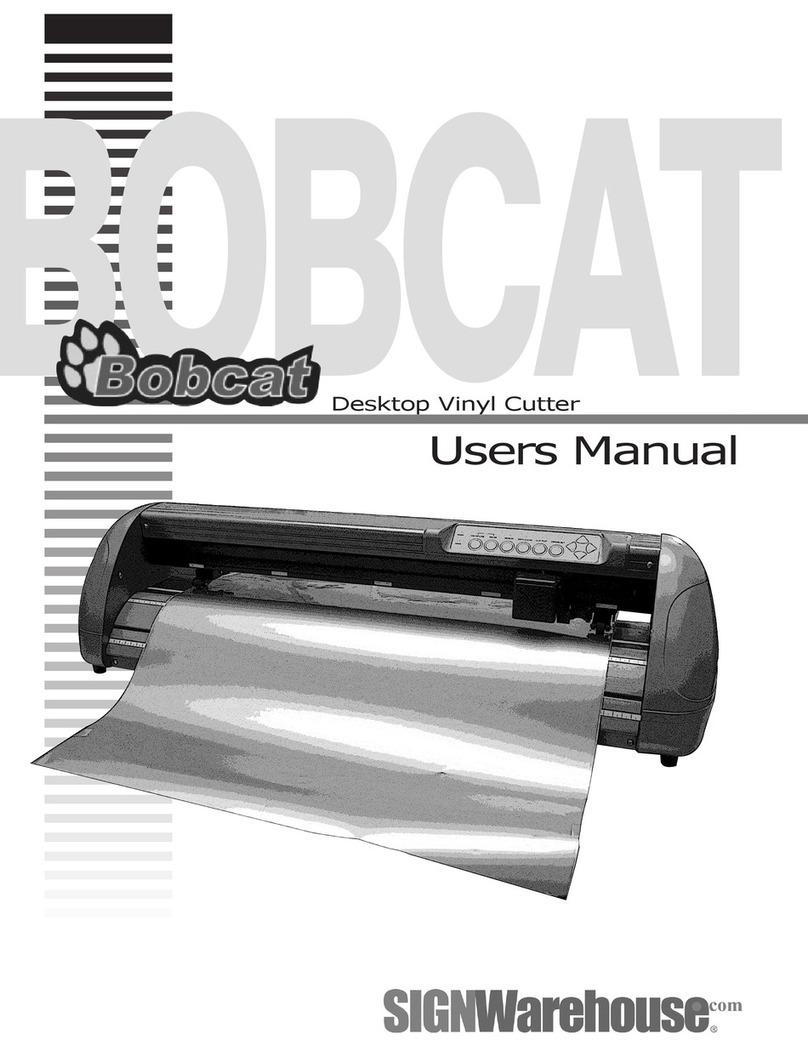6
Types of lasers
- Carbon dioxide (CO2) laser
A discharge tube is for ed between two opposed irrors that co prise a resonator. A gas
ixture laser ediu of CO2, N2 and He is injected into the discharge tube. The gas olecules
are excited by the discharge. The laser light resonates between the irrors and is a plified. The
a plified light is re oved fro a partially trans itting irror designed to trans it so e of the
light.
- Fiber laser
The fiber laser is a laser that uses a fiber (waveguide) as laser oscillator. Mirrors are not used. A
diffraction grating, called the fiber Bragg grating (FBG), is for ed. The FBG reflects particular
wavelengths of light and serves as the resonator irror. Usually, a se iconductor laser is used
for excitation.
- Guide lasers (He-Ne laser and se iconductor laser)
A He-Ne laser is a gas laser that uses a He-Ne gas ixture as laser ediu . Visible He-Ne
lasers are available in green, yellow and orange colors, depending on their wavelengths. A red
He-Ne laser is ost popular.
A se iconductor laser consists of se iconductor PN junctions. When electric current is injected,
positively charged holes and negatively charged electrons co bine to produce a laser light. The
laser light is passed back and forth in the resonator and a plified. Blue, blue violet and red
visible laser lights are produced, depending on wavelengths.
Visible He-Ne and se iconductor lasers are used as guide lasers for checking the cutting
position during setup, etc.
Hazards of lasers to human body
The carbon dioxide laser has a wavelength of 10.6 µ and is invisible to the hu an eye. The
CO2 laser light is absorbed well by water. When it enters the eye, it ay burn the cornea. When
direct or scattered CO2 laser light shines on the skin, it ay burn the skin.
Fiber lasers have a wavelength of 1.06 to 1.08 µ and are invisible to the hu an eye like CO2
lasers. When the fiber laser light strikes the eye, it passes through the cornea and lens. When
the light is focused on the retina by the lens action of the cornea and lens, it ay do serious
da age to the retina. When the skin is exposed to direct or scattered fiber laser light, it ay be
burned as done by the CO2 laser light. The burn ay penetrate deeper.
He-Ne lasers and se iconductor lasers have a wavelength of 0.6 to 0.7 µ and are visible to
the eye. When these laser lights fall on the eye, they pass through the cornea and lens, and ay
da age the retina.
On laser cutting achines that use the lasers described above, operator safety is ensured by
protective devices or shield devices co posed of special windows to absorb specific laser light
wavelengths, safeguarding devices to provide a safety distance, and protective goggles to
protect the eyes. Every day, check all protective devices, safeguarding devices and personal
protective equip ent for holes, burn arks and other defects.
(3) Types and hazards of lasers




























